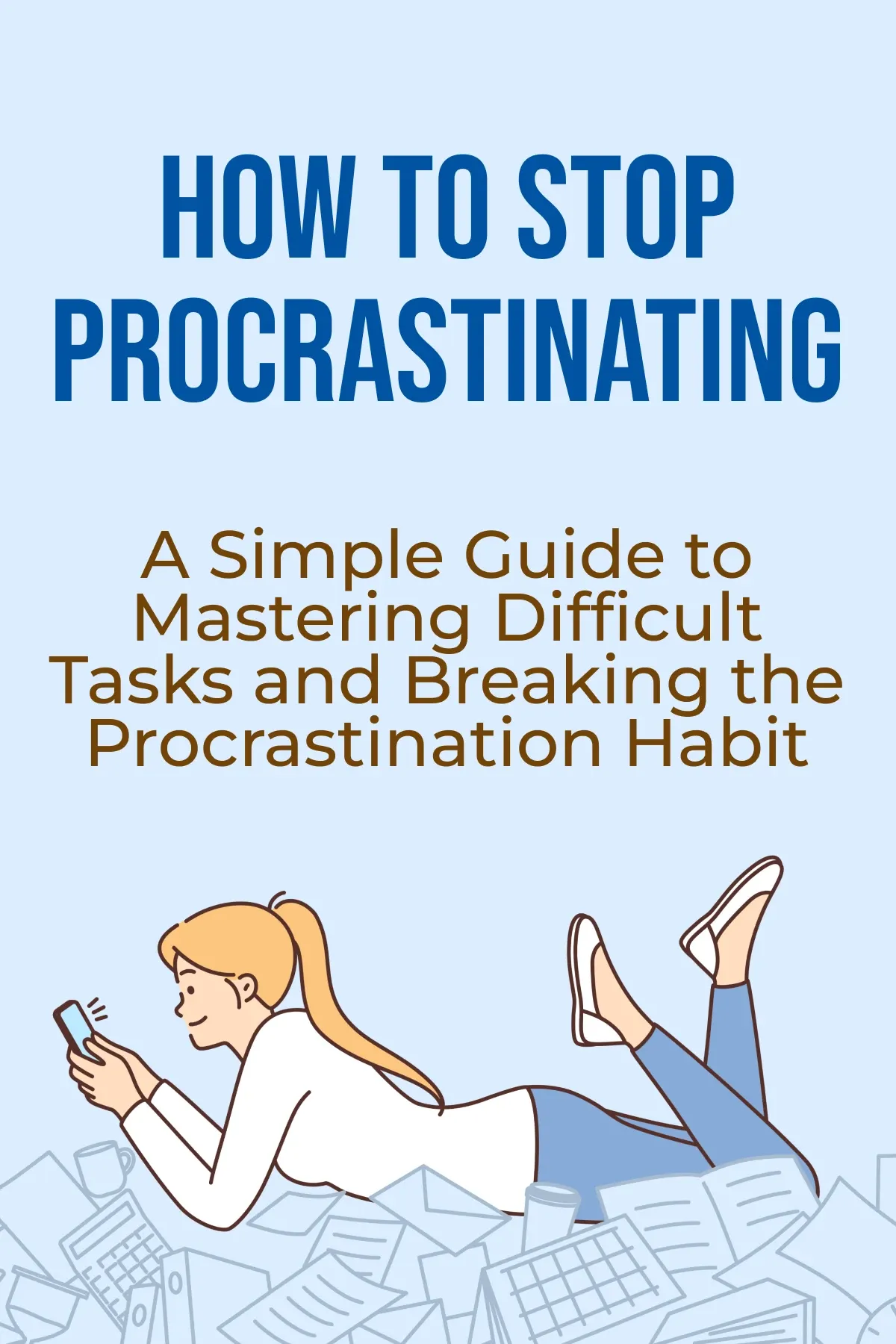
A Mind for Numbers
Brief Summary
In her book “A Mind for Numbers”, Barbara Oakley shares the secrets of learning through using the most of our cognitive abilities. Through this book, you will learn how to combat procrastination and exam stress and learn something effectively.
Key points
Key idea 1 of 7
The functioning of our brain is similar to light. One flash of light directs a bright ray to a small area, and the other illuminates a larger space, although it’s less bright. Our brains work similarly and can shift between the focused and diffuse modes.
First, let's look at the focused mode. We usually use it for concepts we are already familiar with or have studied. It also functions when we focus on information firmly rooted in our minds. When studying math and science, this mode is critical. It allows us to direct our energy toward solving problems rationally and analytically. We use this mode when we multiply numbers—of course, if we have learned to do this before. When learning languages, we can apply it by conjugating words according to a principle we already know.
We use the second mode of thinking, diffuse mode when we are relaxed. That’s when our consciousness can wander a little. We need this mode of thought to get a "big picture" of something. Like the focused method, the diffuse method is essential in learning math and science. This is how students can get new insights into the problems they want to solve. If you want to understand something new, it's better not to focus on one thing. Instead, use the diffuse "big picture" mode.
Let's examine this sentence: "Thiss sentence contains threee errors." Using the focus method, you can easily identify the first two spelling errors. However, can you spot the third mistake? If you apply the diffuse method and take a more abstract approach, you'll quickly realize that the sentence has only two errors. This example shows how the focused and diffuse methods have their unique purposes.
FAQ
You may also like these summaries











